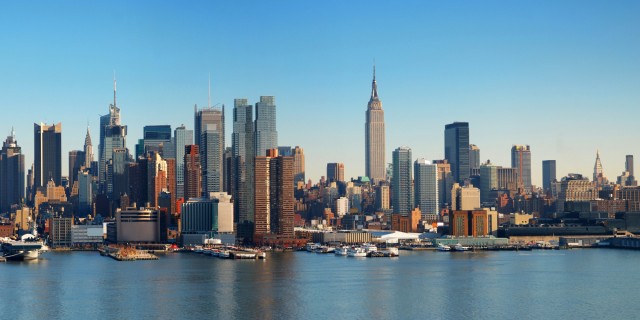city types
CITIES ARE INFLUENCED by a broad variety of contexts and factors, including particular groups of people. As a consequence of numerous influences, the city may, to some extent, specialize in and be characterized as being of a particular type. To refer to people and government regimes, for example, a number of particular city types can be observed, such as aristocratic, democratic, oligarchic, and dictatorial. These types of regimes can be employed to classify city types developed under their orders.
The types of specialization that occur within an urban center are widely used to classify city nature or type. For instance, cities that contain a manufacturing industrial base are commonly referred to as industrial cities, while cities that act as markets with the buying and selling of particular goods are sometimes known as market cities or market places. Other means by which cities can be classified include art, culture, and size. Demographic size is an important criterion in the categorization of different urban places. Urban centers have consisted of an order based on population size, starting with hamlets, then progressing in size and spatial extent to villages, towns, and cities.

However, in the modern era, many cities in the world are so large and have such important functions (principally economic and political) that they are referred to as world cities. Places noted as being world cities in the past are not necessarily world cities of the modern age. Some world cities in history, such as Bruges in BELGIUM, are not world cities today because of their stagnation in size, their decline in importance, and the rise of other urban places. If the modern period is considered, world cities are principally classified by their market and industrial functions. For example, arguably the first modern world city was LONDON, England, a settlement that grew from about one million people to over 6 million people between 1801 and 1901, as a consequence of its rapidly expanding economic base brought about by the forces unleashed by industrialization. Today, places that are considered world cities include TOKYO, NEW YORK, London, and PARIS. However, other places are also acknowledged as being significant settlements in the global context, and these places include MEXICO CITY, Sydney, Cairo, and MUMBAI—a consequence of their large size, diversity of population, international financial institutions, and stock exchanges as well as a variety of internationally known cultural institutions and landmarks.
In noting city types it should be specified that classifications vary significantly from country to country and that even within a country city types can vary. For instance, in CALIFORNIA, city types are noted according to their local governments and the range of freedoms that these municipal authorities enjoy. Thus, in California, cities are classified as being either charter cities or general law cities, depending on whether or not they operate within the framework of California municipal law.
At different times in history, cities have been developed in response to different functions and influences. One of the most significant periods of societal development was the Renaissance, and during this time a whole new city form was developed. This new city, known as the Ideal City, was to be based on the application of a strict geometric (circular) form around
which was placed a wall for defense. Notable examples of ideal cities include Palma Nuova in ITALY, although arguably the most famous, Sforzinda (designed by the architect Filarete), was never actually built. While in the context of the Renaissance the ideal urban place could be noted for its particular morphology, in subsequent times, other ideal city types were more renowned for their open, democratic, and civilizing societies. These include places such as the first garden city, Letchworth in England, which was created in 1904 as a place to create a community where the poor could live as well as the rich within a low-density environment filled with gardens and foliage.
Other modern ideal city types include Chandigarh in INDIA, the brainchild of modern architect pioneer Charles-Edouard Le Corbusier, and Putrajaya in MALAYSIA, a late-20th-century urban project to create an administrative center within the Federation of Malaysia, and thus to leave the county's capital, Kuala Lumpur, to specialize in commercial and financial activities. Following the successful development of Putrajaya, the Malaysian government created a new urban place called Cyberjaya, a new city type, a cybercity, where the world's most advanced information technology companies are to be based within a low-density, tropical-inspired landscape.